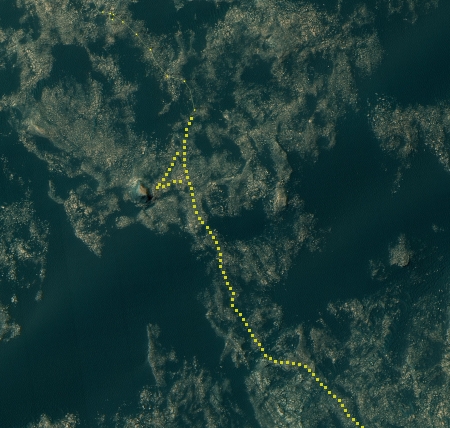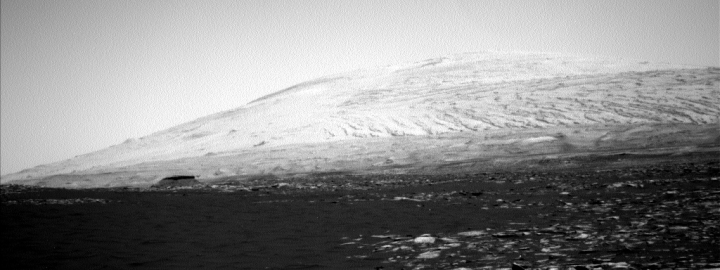Japan launches first military satellite
The competition heats up: Japan today successfully launched its first military satellite.
Faced with an increased military challenge from China, even as the U.S. is becoming less willing to provide it military support, Japan has upped its military program significantly. This success is especially welcome, considering the string of engineering failures that Japan has experienced recently.
The Tuesday launch marks the successful resumption of a programme that was halted last year by an embarrassing mishap. The first of the three satellites, which was meant to go into space from Europe’s Space port in French Guiana, was crushed during a flight from Japan after a blue tarpaulin covering its transport box blocked valves meant to equalize the internal air pressure as the cargo aircraft descended. The accident damaged sensitive antennas, government sources told Reuters in July.
The competition heats up: Japan today successfully launched its first military satellite.
Faced with an increased military challenge from China, even as the U.S. is becoming less willing to provide it military support, Japan has upped its military program significantly. This success is especially welcome, considering the string of engineering failures that Japan has experienced recently.
The Tuesday launch marks the successful resumption of a programme that was halted last year by an embarrassing mishap. The first of the three satellites, which was meant to go into space from Europe’s Space port in French Guiana, was crushed during a flight from Japan after a blue tarpaulin covering its transport box blocked valves meant to equalize the internal air pressure as the cargo aircraft descended. The accident damaged sensitive antennas, government sources told Reuters in July.






